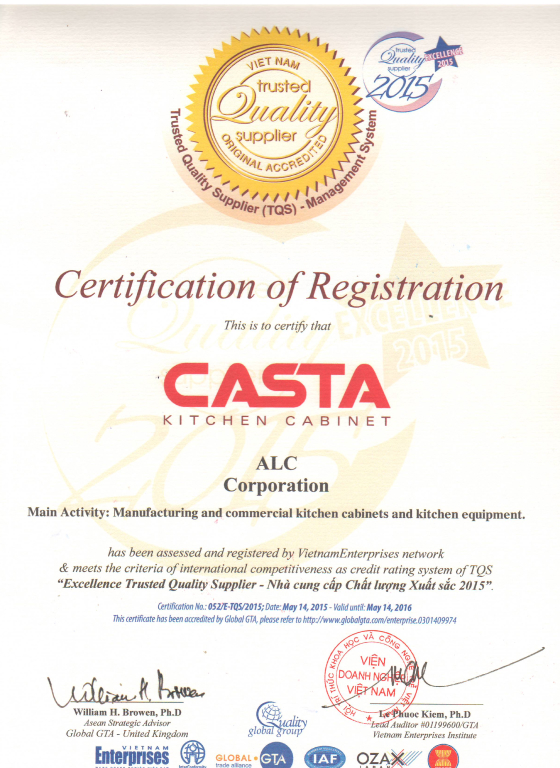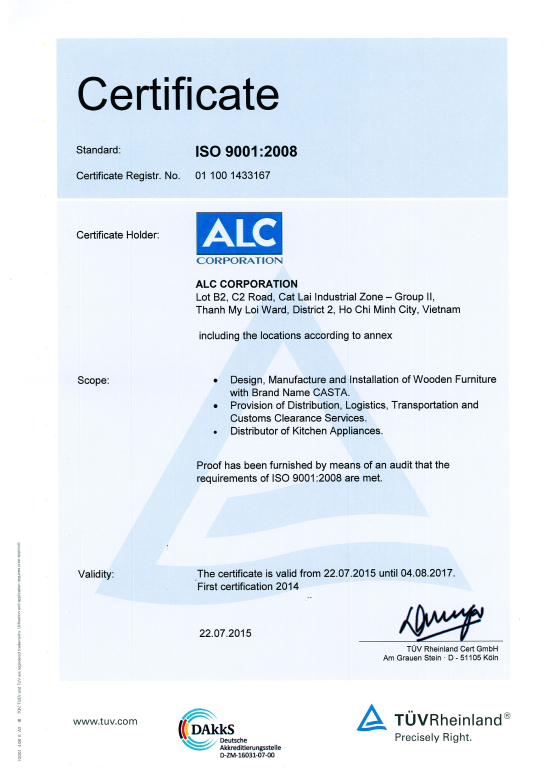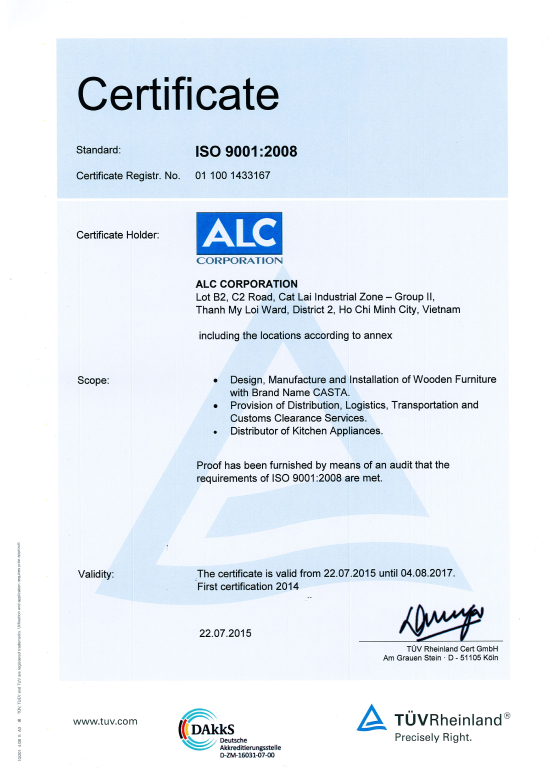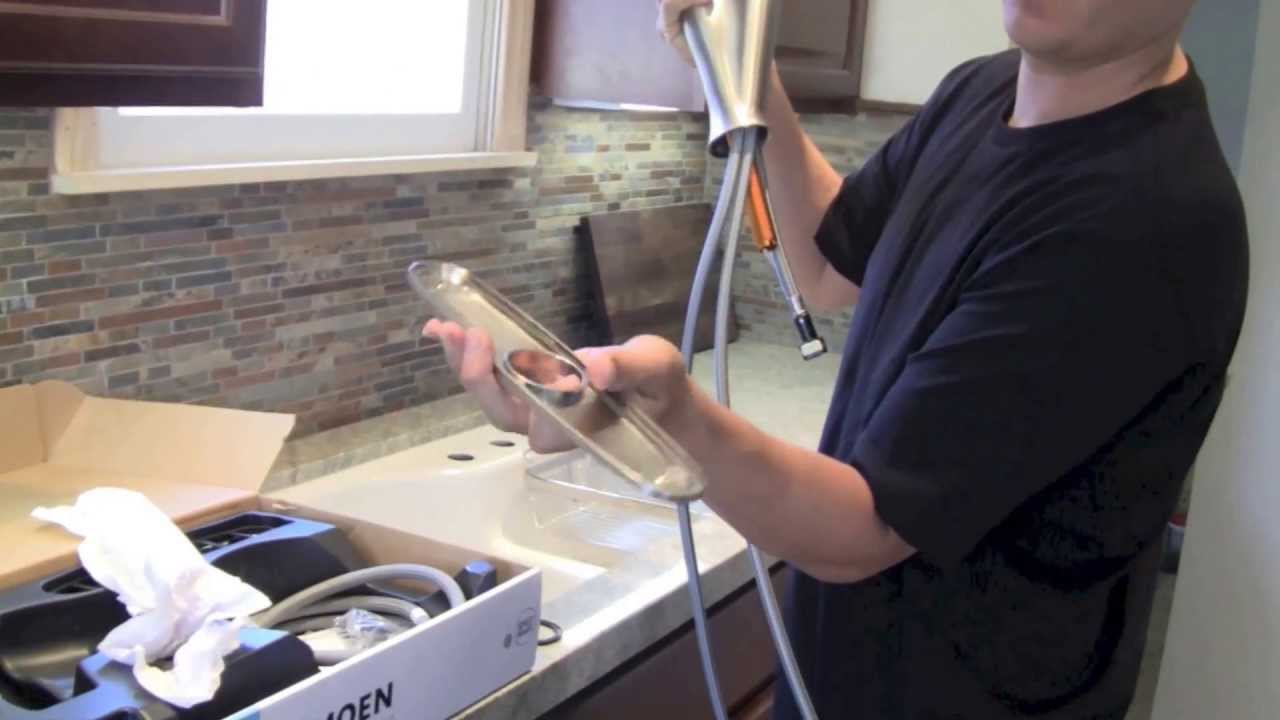In bathroom design, one of the most essential elements is accessibility. Ensuring that installations comply with the Americans with Disabilities Act (ADA) is not only a legal requirement but also a critical aspect of inclusive design. Among the numerous ADA guidelines, the concept of ADA vanity faucet depth is particularly important. Proper faucet depth is not merely a design preference; it is fundamental to ensuring that individuals with disabilities, especially those who use wheelchairs, can comfortably and safely use the faucet.
Without the correct faucet depth, the bathroom can become inaccessible to a significant portion of the population, leading to discomfort and even potential injuries. Whether in residential spaces or commercial projects, contractors and cabinet brands must prioritize ADA-compliant design to meet these crucial accessibility needs.
In this blog, we will explore everything you need to know about ADA vanity faucet depth, how it impacts accessibility, and how choosing high-quality ADA-compliant vanities can reduce the risk of installation errors. While Casta Cabinetry does not provide faucets, their precision-engineered vanities ensure proper placement of ADA-compliant faucets, making the installation process smoother and more reliable.
Table of Contents
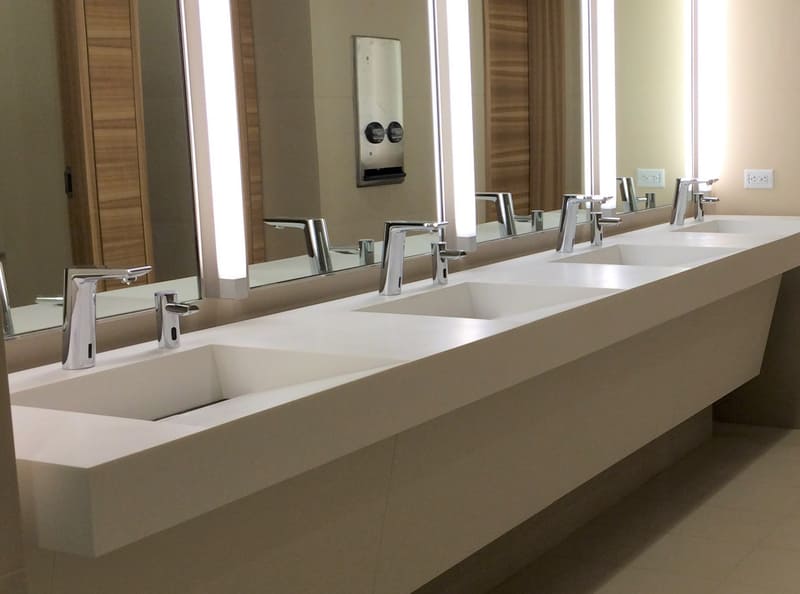
Understanding ADA Faucet Depth and Its Impact on Accessibility
What is ADA Vanity Faucet Depth?
ADA vanity faucet depth refers to the measurement from the front edge of the vanity to the point where the faucet is installed. This is typically around 5 inches, though this may vary slightly depending on the sink type and countertop design. The goal is to ensure that individuals, including wheelchair users, can easily reach the faucet without having to stretch too far or strain themselves.
ADA Faucet Reach and Placement
The faucet reach, or the distance from the faucet spout to the user, plays a pivotal role in accessibility. If a faucet is installed too far from the edge of the vanity, users—particularly those with limited mobility—may struggle to operate it effectively. ADA standards aim to ensure that individuals can easily access water, regardless of their physical limitations.
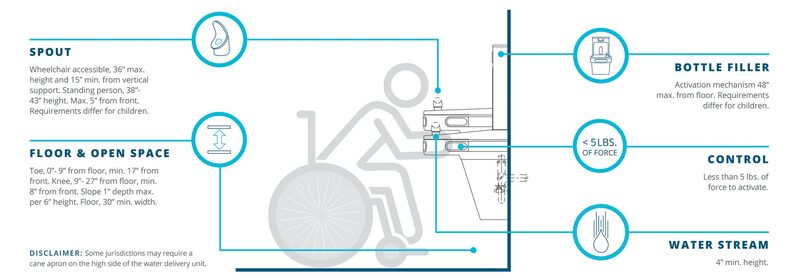
Why ADA Compliance is Important
Ensuring ADA compliance in faucet installations is not only legally required but also essential for the safety and well-being of users. By following ADA standards for faucet depth, reach, and overall placement, designers and contractors can create spaces that are usable by all individuals, including those with disabilities. Non-compliance can result in poor usability and potential fines, which makes it important to get these details right from the start.
A poorly installed faucet—one that is too far back, too close, or difficult to operate—can render an otherwise accessible vanity useless. Therefore, it's crucial that contractors follow the correct ADA guidelines for vanity faucet depth, ensuring both functionality and compliance.
Learn more: What is an ADA compliant vanity?
Key Factors That Affect ADA Faucet Installation
Several factors influence how well an ADA-compliant faucet can be installed. These include:
Vanity Design and Dimensions
The vanity's design plays a significant role in determining whether the faucet can be installed at the correct depth and height. ADA-compliant vanities typically feature countertops that are no higher than 34 inches, and there is a requirement for sufficient knee clearance under the vanity (27 inches high, 30 inches wide, and 19 inches deep). These measurements ensure that a person in a wheelchair can comfortably roll under the sink and access the faucet.
Choosing a vanity with the appropriate depth ensures the faucet can be installed at a reachable distance, allowing ease of use.
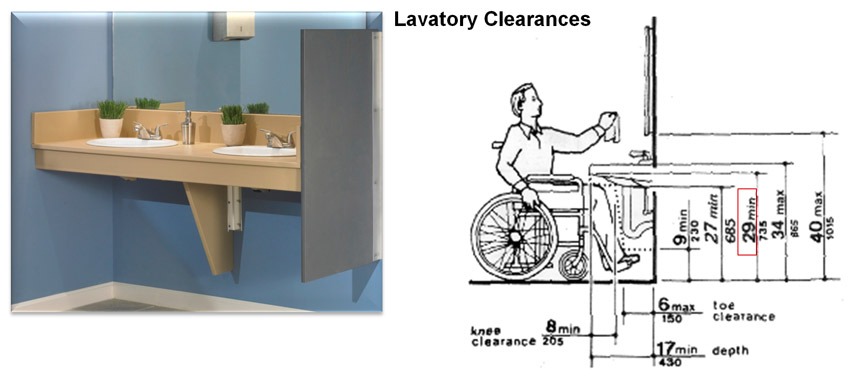
Sink and Countertop Height
The placement of the sink within the vanity also affects how the faucet should be installed. For ADA compliance, the sink must be positioned in a way that provides enough space for individuals in wheelchairs to access the faucet comfortably. If the countertop is too high or too low, the faucet may not function as intended, potentially leading to issues with water access and compliance violations.
Material Durability
The materials used in both the vanity and the faucet are equally important. High-quality materials such as MDF (medium-density fiberboard) or solid wood are ideal for ADA-compliant vanities. These materials are more durable and better equipped to support heavy-duty faucets, ensuring that the vanity maintains its structural integrity during installation and use.
Common Issues Contractors Face with ADA Faucet and Vanity Installations
Even when contractors understand the basics of ADA faucet depth and placement, they may still encounter several common issues:
Incorrect Measurements
One of the most frequent problems contractors face is incorrect measurements during faucet and vanity installation. A miscalculation in the placement of the faucet can easily result in non-compliance with ADA standards, leading to an inaccessible or difficult-to-use sink. Ensuring that the faucet is placed within the recommended 5-inch depth and that the vanity meets ADA height requirements is crucial to preventing costly corrections down the line.
Poor Vanity Design
Choosing low-quality vanities or those not designed with ADA compliance in mind can lead to significant installation challenges. For instance, a vanity that lacks proper knee clearance or doesn’t provide adequate space for faucet placement can make it nearly impossible to meet ADA standards. This can also lead to structural issues over time, as the vanity may not be able to support the weight or stress of frequent use.
Data on Installation Errors
According to industry data, nearly 20% of bathroom installation errors stem from improper vanity and faucet pairings. These errors can lead to additional costs for repairs, project delays, and legal issues for contractors who fail to meet ADA compliance. Ensuring that both the vanity and faucet are designed for ADA-compliant installations is crucial for avoiding these problems.
Solutions to Common Issues
One effective solution is to choose high-quality, ADA-compliant vanities, such as those offered by Casta Cabinetry. Casta’s vanities are designed with precise measurements and superior materials to ensure that faucet installation is smooth and error-free. Additionally, they offer customizable options, allowing contractors to tailor vanities to the specific needs of their projects.
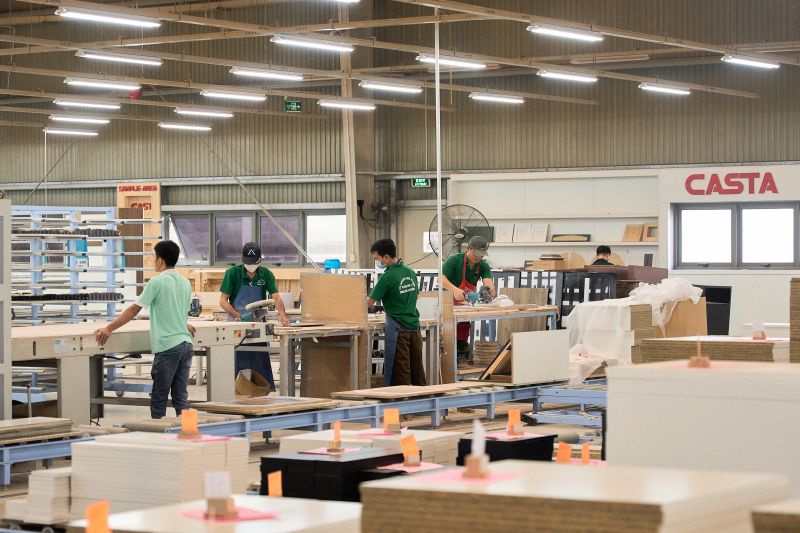
Learn more: Top 10 Vanity Manufacturers Setting the Standard
Casta Cabinetry: High-Quality ADA Vanities that Simplify Faucet Installation
Casta Cabinetry is known for producing high-quality ADA-compliant vanities that make faucet installation easier and more efficient. While Casta does not manufacture faucets, their vanities are designed to meet ADA standards, ensuring that faucets can be installed at the correct depth and reach without difficulty.
Precision Manufacturing
Casta Cabinetry uses cutting-edge European machinery to ensure precision in every vanity they produce. This guarantees that all ADA specifications for height, depth, and clearance are met, making it simpler for contractors to install faucets correctly.
Customization for ADA Compliance
In addition to their high standards of quality, Casta Cabinetry offers customizable options that allow contractors to tailor vanities to their specific project needs. This flexibility ensures that every vanity meets ADA requirements while also fitting the aesthetic preferences of the client.
Commitment to Health and Safety
Casta is also committed to using eco-friendly materials that are certified by CARB (California Air Resources Board) and FSC (Forest Stewardship Council), ensuring that their vanities are both sustainable and safe for use in homes and commercial spaces.
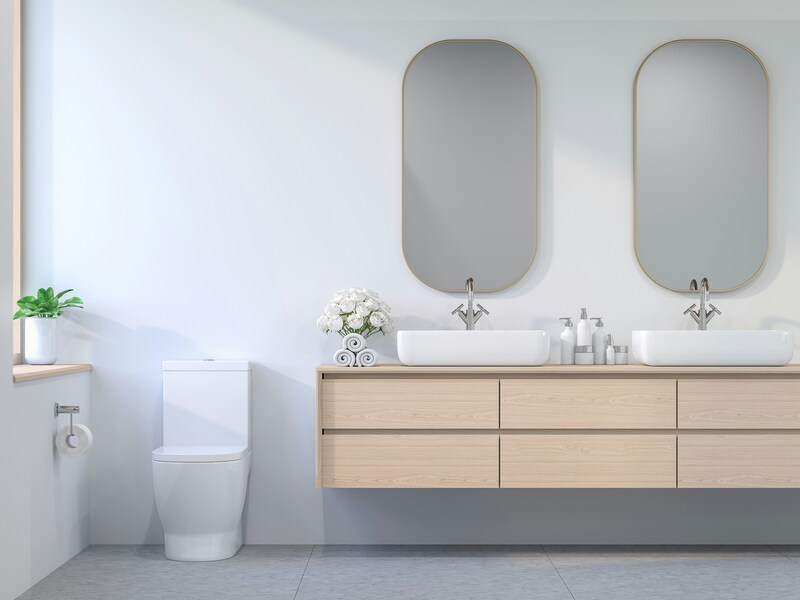
Learn more: Casta’s Vanity Projects
Ensuring Proper ADA Faucet Installation: Step-by-Step Guide
To achieve proper ADA faucet installation, follow these steps:
Step 1: Measure for Faucet Depth and Reach
Before starting the installation, measure the faucet depth and reach to ensure that it complies with ADA standards. The faucet should extend no more than 5 inches from the front edge of the vanity, ensuring that individuals can access it without straining.
Step 2: Ensure Vanity Design Compatibility
Confirm that the vanity is designed to accommodate an ADA-compliant faucet. Check the height of the sink, the depth of the vanity, and whether there is enough knee clearance for users in wheelchairs. Ensure that the faucet placement will not interfere with the sink or countertop.
Step 3: Install the Faucet
Install the faucet securely, ensuring that it is positioned at the correct depth and reach for ADA compliance. Make sure the handles or levers are easy to operate with one hand and require minimal force to turn on or off.
Step 4: Test for ADA Compliance
After installation, test the faucet to confirm that it meets all ADA standards. Check that the water flow can be easily reached without excessive stretching and that the faucet operates smoothly.
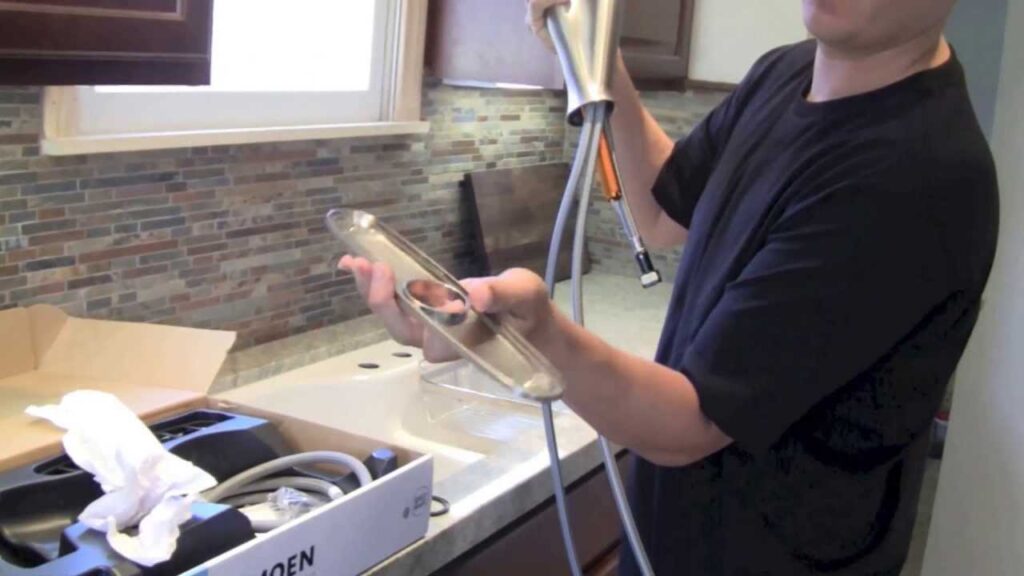
Key Considerations When Choosing ADA-Compliant Faucets
When selecting a faucet for an ADA-compliant vanity, it’s important to focus on both functionality and durability:
Types of ADA-Compliant Faucets
There are several types of ADA-compliant faucets available on the market, including:
- Single-handle faucets that allow users to control water temperature and flow with one hand.
- Touchless faucets, which are becoming increasingly popular in ADA-compliant bathrooms for their ease of use and improved hygiene.
- Lever-operated faucets, which require minimal force to operate and are ideal for users with limited dexterity.
Material and Finish Options
ADA-compliant faucets come in a variety of finishes, including chrome, stainless steel, and brushed nickel. These materials not only enhance the aesthetics of the bathroom but also provide durability, ensuring the faucet can withstand frequent use in public or commercial spaces.
Durability
Durable materials are essential for faucets in high-traffic bathrooms, such as those in hotels, schools, and hospitals. Stainless steel faucets, for example, offer excellent corrosion resistance and are less likely to break or wear down over time.
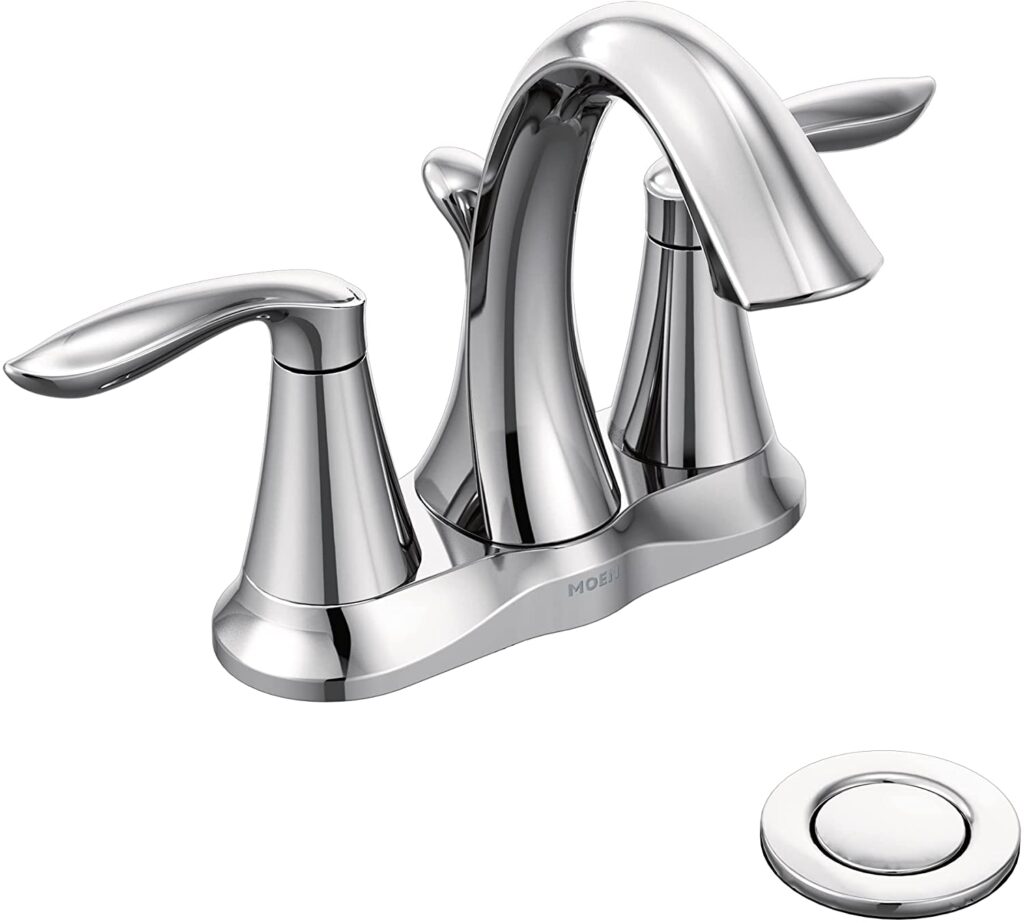
Conclusion: The Importance of High-Quality ADA Vanities for Faucet Installation
Creating accessible bathrooms that comply with ADA standards is not only a legal requirement but also vital for ensuring user comfort. When selecting vanities and faucets, it’s important to choose options that provide adequate clearance for wheelchair users, feature easy-to-use controls, and are made from durable materials that can withstand frequent use. Customization options can also help meet specific project needs.
By choosing high-quality ADA-compliant vanities, contractors can streamline the installation process, ensuring that faucets are positioned at the correct depth and reach for accessibility. At Casta Cabinetry, we offer a range of vanities that meet these requirements, combining both functionality and aesthetic appeal. Selecting the right products ensures ADA compliance while delivering client satisfaction with accessible and stylish bathroom designs.
FAQ
What is ADA vanity faucet depth?
How do I ensure ADA compliance in faucet installation?
Why is faucet placement important in ADA bathrooms?
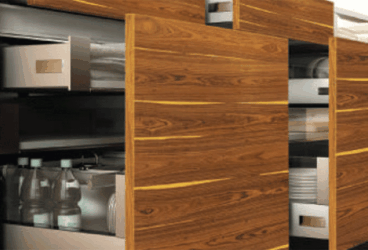
MDF vs Plywood for Kitchen Cabinets – Which is Better?...
MDF vs Plywood for kitchen cabinets is one of the most important decisions contractors and furniture brands must make wh...
11/14/2025 | David Nguyen

Plywood Kitchen Cabinets: Pros and Cons Explained for Contra...
Plywood kitchen cabinets are now one of the most preferred options in modern kitchen manufacturing, combining durability...
11/12/2025 | David Nguyen

Best Italian Kitchen Cabinets: Modern Design, Precision Craf...
Italian kitchen cabinets represent the gold standard in modern kitchen design — celebrated for their craftsmanship, slee...
10/29/2025 | David Nguyen

European vs American Kitchen Cabinets: Key Differences &...
European vs American kitchen cabinets is a core decision for anyone specifying cabinetry for modern buildings or homes. ...
10/27/2025 | David Nguyen
Contact us
Casta is always ready to listen and answer all customers' questions
